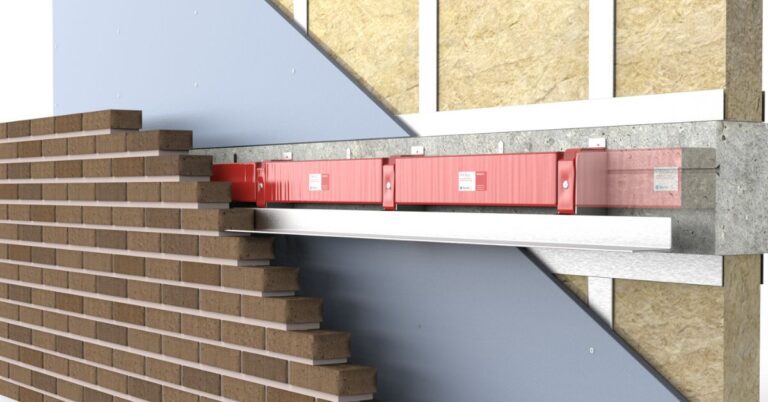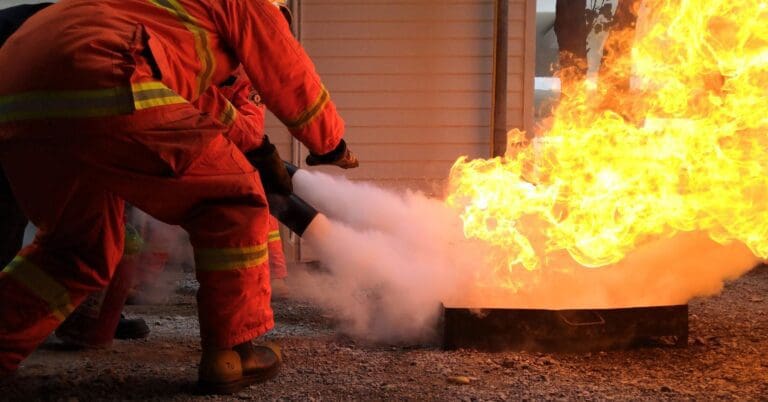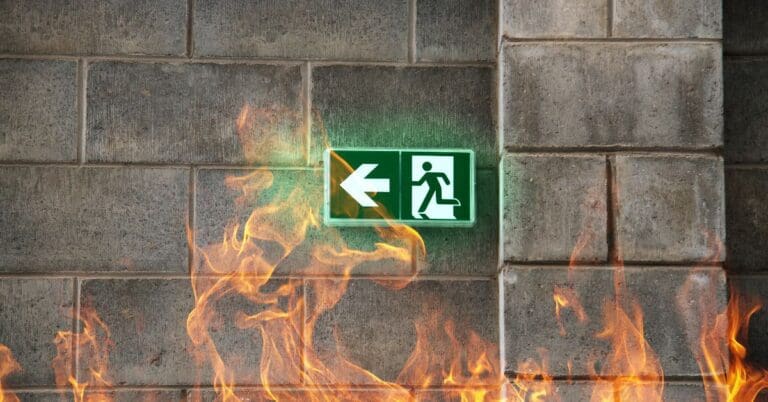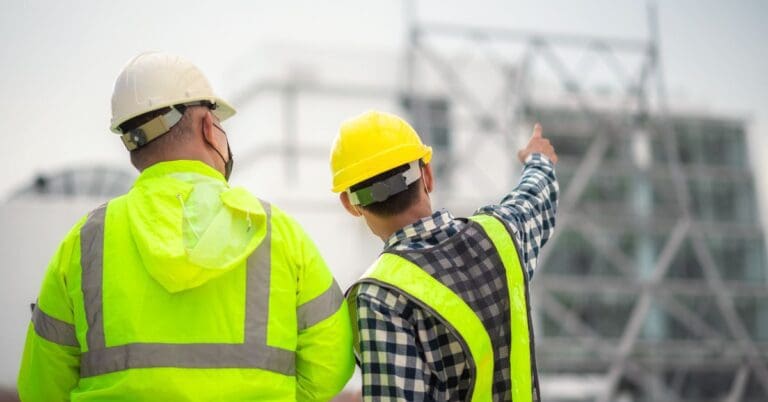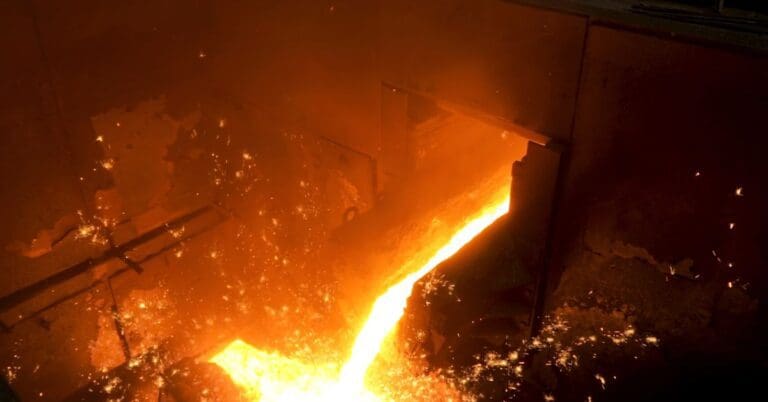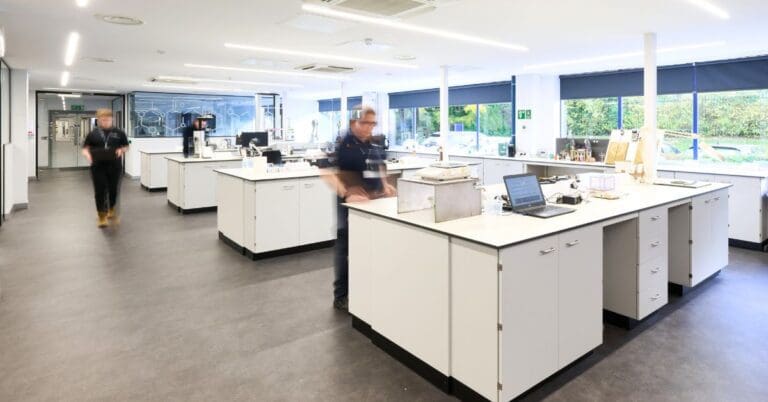In this article, we’re taking a closer look at what passive fire protection for brickwork façades is, and why it is so important.
Why is it important for Brickwork façades to have passive fire protection?
Firstly, it is important to note that passive fire protection is a general term, as it is made up of different components within a system that is designed to slow or impede the spread of fire and smoke within a building. The building is broken down into compartments, with the system using fire rated floors, walls and ceilings in order to prevent the spread of fire. Concealed cavities within a building run the risk of being the ideal space through which a fire can rapidly spread, whether this space is within a floor, ceiling, wall, or external facade, fire protection must be included. Passive fire protection products used in brickwork façades have something of a design conflict, as they must maintain breathability while preventing smoke and fire from passing through.
What are Cavity Barriers and Fire Stops?
Both cavity barriers and fire stops are elements of passive fire protection, and each serves a slightly different purpose.
Fire Stops: This element of passive fire protection is designed to seal or close any gaps between the building structures which are required to be fire resistant, or are installed at any junction or joint within the fire protection element.
Cavity Barriers. These products are used in concealed spaces, such as those found in cavity walls and ceiling voids, and are used to prevent smoke or flames from penetrating the area and to restrict the movement of fire within a building.
Find out more about our passive fire protection products for brickwork façades here.
What is a Brickwork façade?
For many years, when buildings were constructed, a single, solid outer wall was built. But in order to prevent moisture from penetrating through the wall and inside the building, in the 20th century, it became common practice to create an interior and exterior wall, leaving a cavity in between. This cavity prevents dampness within the building, and also provides a space in which to put insulating material. However, these voids can act as a chimney, funnelling flames, smoke and heat and allowing it to spread into different areas of the building, causing a serious fire hazard. Brick itself holds advantages over other materials used to construct façades, as it is non-combustible, but in order to ensure that a façade meets all the relevant fire safety measures, the addition of passive fire protection products is often required.
Why are Brickwork façades increasingly popular?
A recent change in fire safety legislation has led to Brickwork façades being used increasingly in new construction projects. As they are inherently fire resistant, brick façades are now frequently constructed in In high-rise buildings over 18 metres in England, Wales and Northern Ireland, and over 11 metres in Scotland, generally in multi-occupancy dwellings or commercial buildings.
Passive Fire Protection Products for Brickwork façades from Tenmat
At Tenmat, we have a broad range of passive fire protection products that are used extensively by both brickwork contractors and specialist contractors that work solely with brick façades. Our fire protection solutions are unique to the market, and are backed by extensive test data.
How to know what type of passive fire protection to use
With the broad amount of passive fire protection solutions available from Tenmat, each of which serves a slightly different purpose, ensuring that you opt for the best solution for your needs is critical. The passive fire protection products we supply do not need to be activated in order to operate, rather they will begin to work should there ever be a fire. If you require any further information our friendly team are on hand to assist you.
Please contact us for more information about our fire protection products for brickwork façades.

